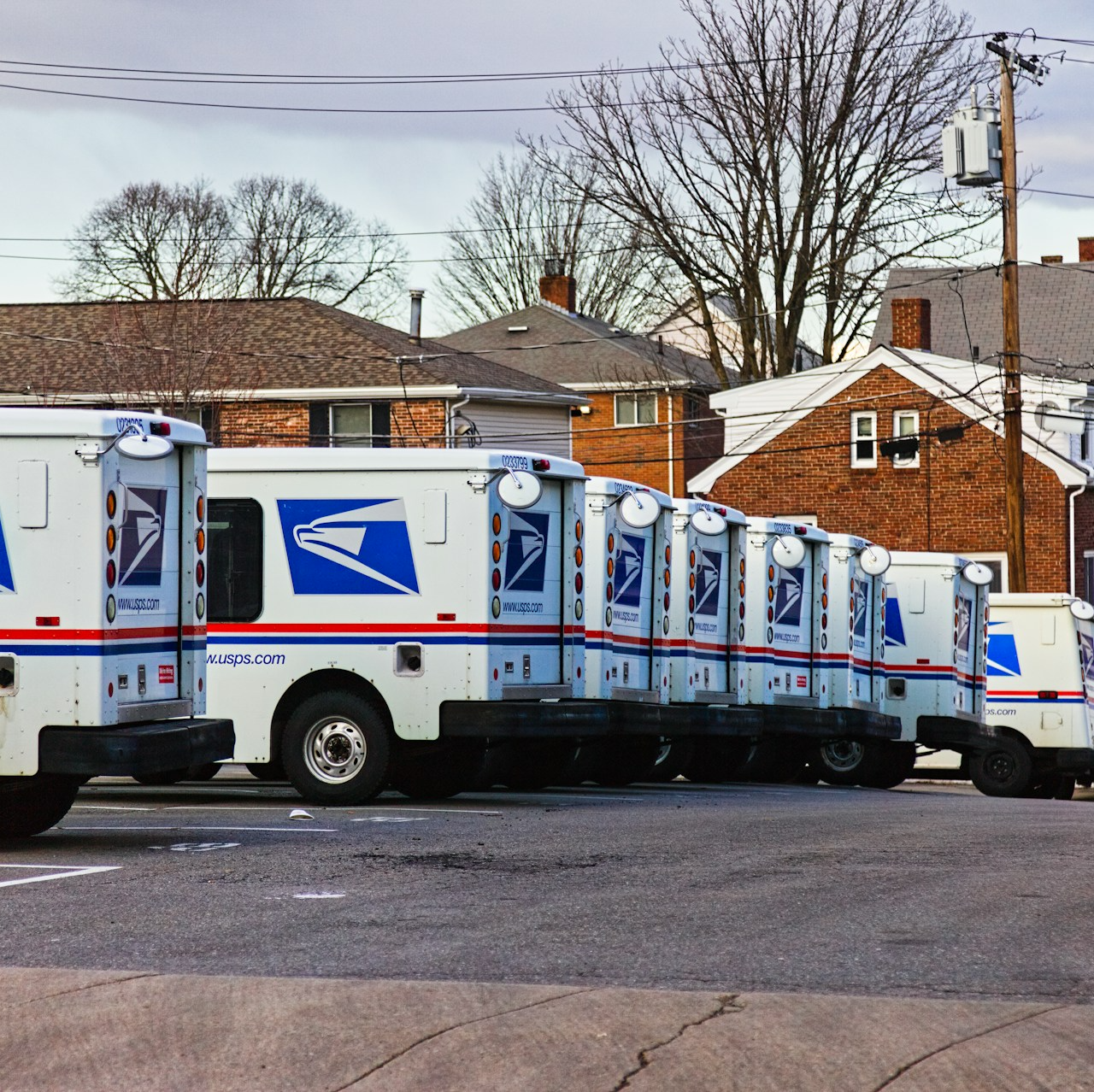Key Takeaways
-
If you’re enrolled in both Medicare and a PSHB plan, misalignments between the two can lead to duplicate coverage and unnecessary costs.
-
Understanding how PSHB integrates with Medicare Parts A, B, and D in 2025 helps you avoid coverage gaps or excess spending.
Why You Can’t Afford to Overlook the Medicare-PSHB Relationship
Now that the Postal Service Health Benefits (PSHB) Program has fully replaced the Federal Employees Health Benefits (FEHB) system for USPS employees and annuitants in 2025, understanding its interaction with Medicare is not optional—it’s critical. If you’re Medicare-eligible and still making decisions about your PSHB coverage, it’s easy to assume the two systems will complement each other automatically. That’s not always the case.
When Medicare and PSHB coverage are poorly coordinated, you might end up overpaying, underinsured, or stuck with overlapping coverage that brings no real benefit.
How PSHB and Medicare Coordinate in 2025
The PSHB program is designed to work alongside Medicare Parts A and B—but the integration has specific requirements and exceptions. Here’s how it works:
Medicare Part A (Hospital Insurance)
-
You’re usually enrolled automatically at age 65 if you qualify.
-
PSHB plans expect you to have Medicare Part A.
-
PSHB becomes the secondary payer for inpatient hospital services.
Medicare Part B (Medical Insurance)
-
Enrollment in Part B is mandatory for many Medicare-eligible annuitants and their family members to maintain PSHB coverage.
-
Exceptions apply to those who retired on or before January 1, 2025, or are otherwise exempt (e.g., living abroad or receiving VA benefits).
-
PSHB plans become secondary to Medicare Part B for outpatient services once you’re enrolled.
Medicare Part D (Prescription Drug Coverage)
-
If you’re Medicare-eligible and enrolled in a PSHB plan, you’re automatically covered under a Medicare Part D Employer Group Waiver Plan (EGWP).
-
This coverage is integrated—opting out could result in loss of drug coverage through PSHB.
Where Overlap Becomes a Problem
Not all combinations of Medicare and PSHB lead to savings. You might think enrolling in every available Medicare part enhances your coverage—but this isn’t always true. Here’s how costs creep in:
Duplicate Premiums
-
Medicare Part B comes with a monthly premium, which increased in 2025 to $185.
-
Some PSHB enrollees are paying this premium and high PSHB premiums—often without maximizing the benefit.
-
If your PSHB plan already offers strong outpatient coverage, Part B may feel redundant—unless your plan reduces cost-sharing for Medicare enrollees.
Unnecessary Medicare Advantage Enrollment
-
Some retirees sign up for a Medicare Advantage plan without realizing PSHB already includes robust coverage.
-
Enrolling in Medicare Advantage may complicate coordination with PSHB and lead to confusion about which plan is primary.
-
In some cases, you may pay copayments, coinsurance, or network fees twice for the same type of care.
Drug Coverage Conflicts
-
If you enroll in a standalone Medicare Part D plan outside the PSHB-integrated EGWP, you may unintentionally disrupt your PSHB prescription benefits.
-
This overlap can lead to a loss of drug coverage under PSHB—triggering high out-of-pocket costs.
The Role of Medicare Part B in PSHB
This is where many enrollees go wrong. Starting in 2025, most Medicare-eligible Postal Service annuitants must enroll in Part B. Without it, PSHB coverage for outpatient services may be restricted or terminated unless you meet one of the exemption criteria.
Here’s why this matters:
-
Not enrolling in Part B when required can result in loss of coverage through PSHB.
-
Late enrollment penalties for Part B increase your monthly premium by 10% for each full year you delay.
-
PSHB plans often waive deductibles or offer enhanced benefits if you are enrolled in Medicare Part B.
Understanding whether you’re required to enroll, and how your PSHB plan treats Medicare enrollees, is essential.
Cost Differences When Plans Are Properly Aligned
If Medicare and PSHB are correctly aligned, you may see real savings:
-
Lower copayments and coinsurance
-
Waived or reduced deductibles
-
Broader access to providers
-
Lower overall prescription drug costs under the integrated EGWP model
However, this only works if:
-
You’re enrolled in Medicare Part A and B (when required)
-
You do not enroll in conflicting standalone or Medicare Advantage plans
-
You coordinate prescription coverage through PSHB
What Happens If You Enroll in Medicare Advantage Anyway
Some Medicare-eligible annuitants enroll in Medicare Advantage (Part C) thinking it will enhance their coverage or reduce costs. However, in the PSHB context, this decision can create problems:
-
Medicare Advantage plans often operate as the primary insurer, overriding PSHB coordination rules
-
You may be required to use a narrower provider network
-
Your PSHB plan may not coordinate benefits with your Medicare Advantage plan
The result? You may pay twice for similar services, lose access to preferred doctors, or have denied claims because your PSHB plan was no longer primary.
Your Coverage Timeline and Enrollment Windows
In 2025, here are the key timelines for Medicare-eligible PSHB enrollees:
Medicare Initial Enrollment Period (IEP)
-
Begins 3 months before you turn 65 and ends 3 months after that month
-
Enrolling in Part B during this time avoids penalties
PSHB Open Season
-
Runs from November to December each year
-
Use this time to switch or update PSHB plans, especially if your Medicare status changes
Special Enrollment Periods (SEPs)
-
Available if you had other coverage and are losing it, or if you move or experience a qualifying life event
Missing these windows can lock you into coverage decisions—and costs—you didn’t anticipate.
You Might Qualify for an Exception
Not all Medicare-eligible annuitants are required to enroll in Part B. In 2025, exceptions apply if:
-
You retired on or before January 1, 2025
-
You’re aged 64 or older as of January 1, 2025, and still working
-
You live outside the U.S.
-
You receive VA or Indian Health Service benefits
But even if you qualify for an exemption, you should weigh the financial impact of not enrolling. Many PSHB plans reduce out-of-pocket costs significantly if you do have Medicare Part B.
Common Missteps You Should Avoid
When Medicare and PSHB aren’t aligned, your costs can spiral. Avoid these common mistakes:
-
Enrolling in a Medicare Advantage plan without checking PSHB coordination
-
Declining Medicare Part B without confirming if you’re exempt
-
Opting out of the PSHB-integrated drug plan and enrolling in a standalone Part D plan instead
-
Missing Open Season and ending up with the wrong coverage for the next year
What You Should Do Next to Align Your Coverage
To ensure your Medicare and PSHB coverage work together—not against each other—take these steps:
-
Review your PSHB plan brochure: Find out how it coordinates with Medicare.
-
Confirm your Medicare enrollment requirements based on your retirement status and age.
-
Avoid private Medicare Advantage or standalone drug plans that conflict with PSHB.
-
Revisit your choices during Open Season if your Medicare status changes.
-
Consult a licensed agent listed on this website for one-on-one guidance.
Aligning Medicare and PSHB for Better Health and Lower Costs
In 2025, getting your Medicare and PSHB coverage to work in harmony is more than a smart move—it’s a financial safeguard. When your benefits are correctly layered, you gain access to more affordable care, better coverage, and fewer administrative headaches.
But if you enroll in the wrong Medicare option, ignore PSHB integration rules, or miss enrollment deadlines, you could end up paying significantly more than necessary. Take the time to understand how your plan works and align your Medicare decisions with your PSHB benefits.
If you’re unsure where to start or need help reviewing your options, connect with a licensed agent listed on this website for expert support tailored to your situation.











